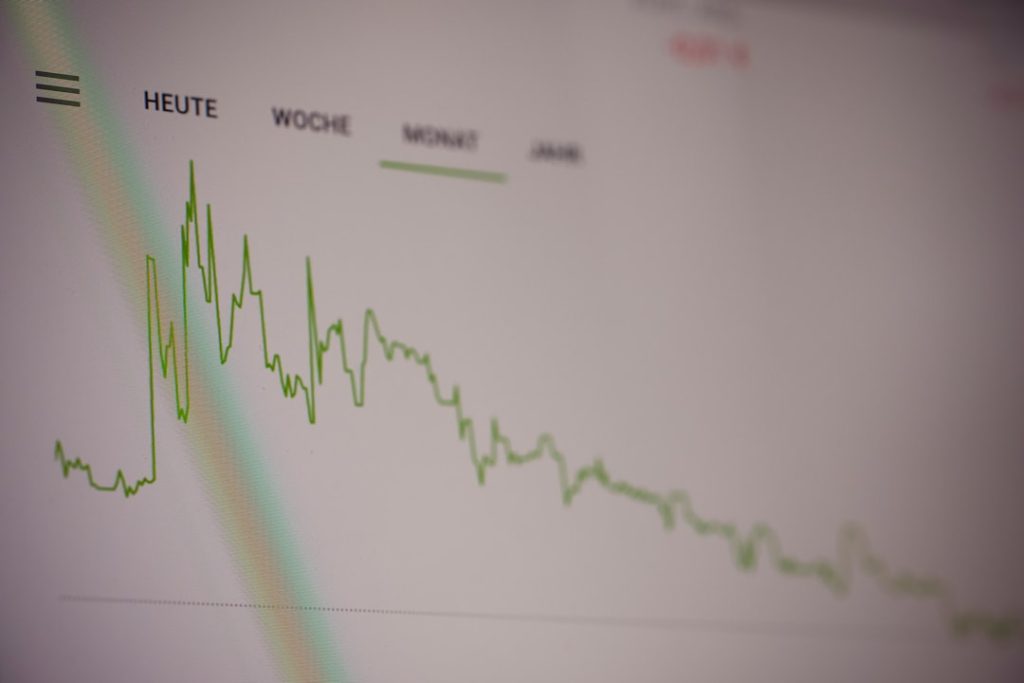So, your website’s up and running, looking pretty good, but those conversion rates are… well, less than stellar. You’re not alone! Many businesses face this challenge. The good news is, it’s usually fixable. Let’s dive into some actionable strategies you can use right away.
First, What Exactly is a “Conversion”?
Before we start fixing things, let’s make sure we’re on the same page. A conversion happens when a website visitor completes a desired action. This could be anything from buying a product or signing up for a newsletter, to requesting a demo or downloading an ebook. Basically, it’s someone doing what you want them to do on your site.
Why Are Conversions So Important?
Think of your website as a store. You want people to walk in and buy something, right? Conversions are the “buying something” part. A low conversion rate means you’re getting traffic, but not enough of those visitors are turning into paying customers or leads. Fixing this is key to growing your business.
Okay, How Do I Identify the Problem?
You can’t fix what you can’t see. Here’s how to diagnose the issues behind your low conversion rates:
1. Dive into Your Analytics
Google Analytics (or similar tools) is your best friend. Look at:
- Bounce Rate: Are people landing on your site and immediately leaving? This could mean your content isn’t relevant or your site is slow.
- Time on Page: Are people spending enough time on key pages (like product pages)? If not, something’s likely turning them off.
- Conversion Funnels: See where people are dropping off in the conversion process. Is it the checkout page? The form submission?
2. Ask for Feedback
Don’t be afraid to ask your customers (or potential customers) what they think. Use surveys, polls, or even just informal conversations. You might be surprised by what you learn.
3. Watch User Recordings
Tools like Hotjar let you record user sessions on your site. You can actually see how people interact with your pages, where they get stuck, and what frustrates them. This is incredibly valuable for spotting usability issues.
Alright, I See the Problem. Now What? Time to Start Fixing!
Here’s a breakdown of the most common conversion killers, and how to tackle them:
1. Improve Website Speed
Nobody likes waiting for a slow website. Studies show that even a one-second delay can significantly decrease conversions. Use tools like Google’s PageSpeed Insights to identify and fix speed bottlenecks.
2. Mobile-First Mindset
Is your website mobile-friendly? If not, you’re losing a ton of potential customers. Make sure your site is responsive and looks great on all devices.
3. Clear and Compelling Headlines
Your headline is the first thing people see. It needs to grab their attention and tell them exactly what they’ll get from your page. Use strong, benefit-driven language.
4. High-Quality Images and Videos
Visuals are key. Use high-resolution images and videos to showcase your products or services. Avoid stock photos that look generic.
5. Strong Call to Actions (CTAs)
Tell people what you want them to do! Use clear, concise CTAs like “Shop Now,” “Get a Free Quote,” or “Download the Ebook.” Make them prominent and easy to find.
6. Simplify Navigation
Make it easy for people to find what they’re looking for. Use clear menus, internal links, and a search bar. A confusing website will drive people away.
7. Build Trust
People are hesitant to buy from websites they don’t trust. Build trust by displaying customer testimonials, security badges, and guarantees. Make sure your contact information is easy to find.
8. Optimize Forms
If you’re using forms to collect leads, make sure they’re as short and simple as possible. Only ask for the information you absolutely need. Nobody wants to fill out a long, complicated form.
9. A/B Testing
Don’t guess what works best – test it! A/B testing involves creating two versions of a page (with one small change) and seeing which one performs better. Test everything from headlines and CTAs to images and form layouts.
Example: Boosting Conversions for an E-commerce Store
Let’s say you run an online store selling handmade jewelry. Your conversion rate is hovering around 1%, which is pretty low. After analyzing your data, you notice a high abandonment rate on the shopping cart page.
Problem: Customers are adding items to their cart but not completing the purchase.
Hypothesis: The shipping costs are too high and unexpected.
Solution: Offer free shipping on orders over a certain amount (e.g., $50). Clearly display this offer throughout the website, especially on product pages and the shopping cart page.
Result: After implementing this change, your conversion rate increases to 2.5% – a significant improvement!
Don’t Be Afraid to Experiment
Improving conversion rates is an ongoing process. Don’t be afraid to try new things and see what works best for your audience. The key is to stay focused on providing a great user experience and making it as easy as possible for people to take the desired action.
Take these strategies, apply them to your website, and watch those conversion rates climb. The digital world is constantly evolving, but with a focus on user experience and data-driven decisions, you’ll be well on your way to success!
